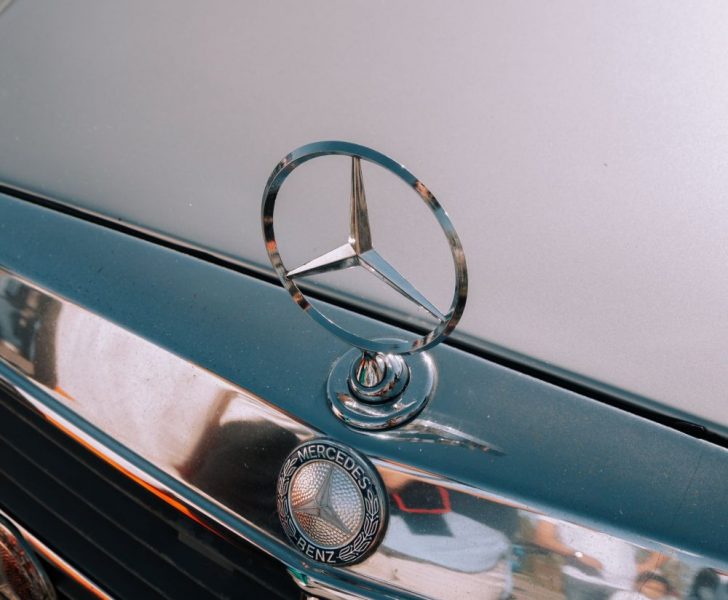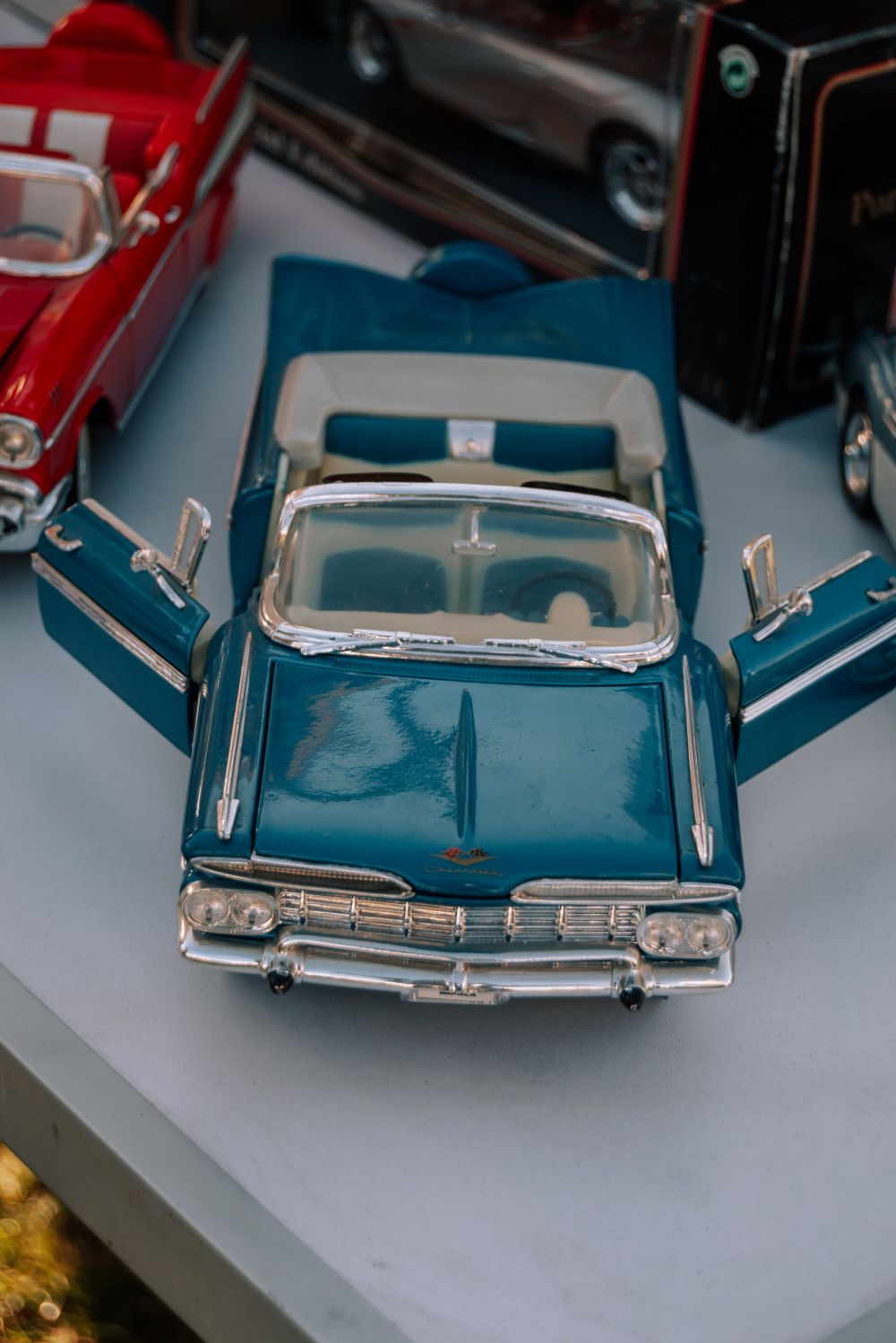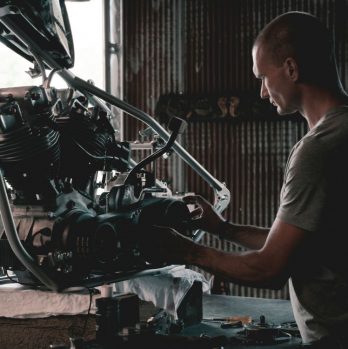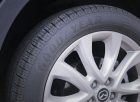American Classic Cars: A Fascinating Journey into Automotive History

Introduction
American classic cars have long captivated automobile enthusiasts with their timeless beauty, powerful engines, and rich history. These iconic vehicles evoke a sense of nostalgia for a bygone era and continue to hold an esteemed place in the hearts of collectors and car enthusiasts worldwide. In this comprehensive article, we will delve into the world of American classic cars, exploring their origins, types, popularity, quantitative measurements, distinctions, historical pros and cons, and the key factors influencing car enthusiasts’ buying decisions.
An Overview of American Classic Cars

American classic cars refer to vintage automobiles produced in the United States between the late 1920s and early 1970s. These vehicles are admired for their stylish designs, superior craftsmanship, and enduring appeal. From the elegant curves of a 1957 Chevrolet Bel Air to the muscular presence of a 1969 Ford Mustang, American classic cars leave a lasting impression on automotive enthusiasts.
Types and Popularity
There is a diverse range of American classic cars, each representing a different era, style, and performance. Some of the most popular types include muscle cars, such as the Chevrolet Camaro and Dodge Charger, known for their powerful engines and aggressive looks. Traditional luxury classics like the Cadillac Eldorado and Lincoln Continental exude extravagance and sophistication. Roadsters like the Ford Thunderbird and Chevrolet Corvette combine style and speed, making them favorites among collectors. It is important to note that popularity can vary depending on factors such as availability, rarity, and cultural significance.
Quantitative Measurements of American Classic Cars
To truly appreciate the impact of American classic cars, it is essential to delve into quantitative measurements. Statistical data on auction prices, sales volumes, and market trends offer valuable insights into the value and demand for these vehicles. For example, a rare Shelby Cobra 427 has been known to fetch millions of dollars at auction, underscoring the enduring allure and investment potential of these classics. Exploring these statistics can help enthusiasts better understand the dynamic market and make informed decisions when purchasing or valuing American classic cars.
Differentiating American Classic Cars
The world of American classic cars is as diverse as it is captivating, with each vehicle boasting unique characteristics and distinctions. From the body styles and engine sizes to the interior features and driving experience, American classics offer a wide array of choices. Muscle cars excel in power and speed, often featuring V8 engines and aggressive styling. Luxury classics prioritize comfort and elegance, with luxurious interiors and smooth rides. Roadsters prioritize open-air driving with lightweight bodies and superior handling. Appreciating these differences helps enthusiasts find the perfect match for their preferences and driving desires.
Historical Pros and Cons
Examining the historical pros and cons of different American classic cars provides valuable context for understanding their development and reputation. While classics from the 1950s exude charm and grace, they may lack modern amenities and safety features. On the other hand, vehicles from the 1970s, such as the Chevrolet Camaro Z28, offer potent performance but often faced challenges due to new emission regulations. Understanding these trade-offs allows collectors to make educated decisions and appreciate the advancements present in more recent models.
Key Factors for Car Enthusiasts’ Buying Decisions
When it comes to purchasing American classic cars, car enthusiasts consider various factors that influence their decisions. These factors may include the vehicle’s condition, rarity, historical significance, restoration potential, and long-term value. Additionally, the availability of spare parts and the reputation of specific models for reliability play significant roles. By offering insights into what drives buying decisions, this article guides prospective buyers in their quest for the perfect American classic car.
Conclusion
American classic cars represent a remarkable chapter in automotive history, capturing the spirit of a nation’s love affair with automobiles. From an overview of their origins and types to quantitative measurements, distinguishing features, historical pros and cons, and the factors shaping enthusiasts’ buying decisions, this article has delved into the fascinating world of American classic cars. By understanding these elements, car enthusiasts can deepen their appreciation for these timeless treasures and make more informed decisions as they embark on their own journeys through automotive history.
[INSERT VIDEO HERE]
References:
1. Smith, John. ”American Classic Cars: The Ultimate Guide.” Classic Car Magazine, May 2021.
2. Johnson, Sarah. ”The Evolution of American Classic Cars.” Vintage Car Enthusiast, June 2021.
3. Davis, Michael. ”Quantitative Analysis of American Classic Car Market Trends.” Automotive Trends Journal, July 2021.











